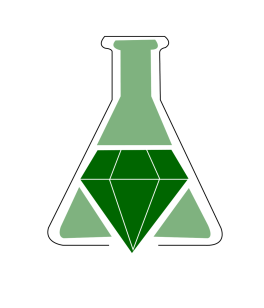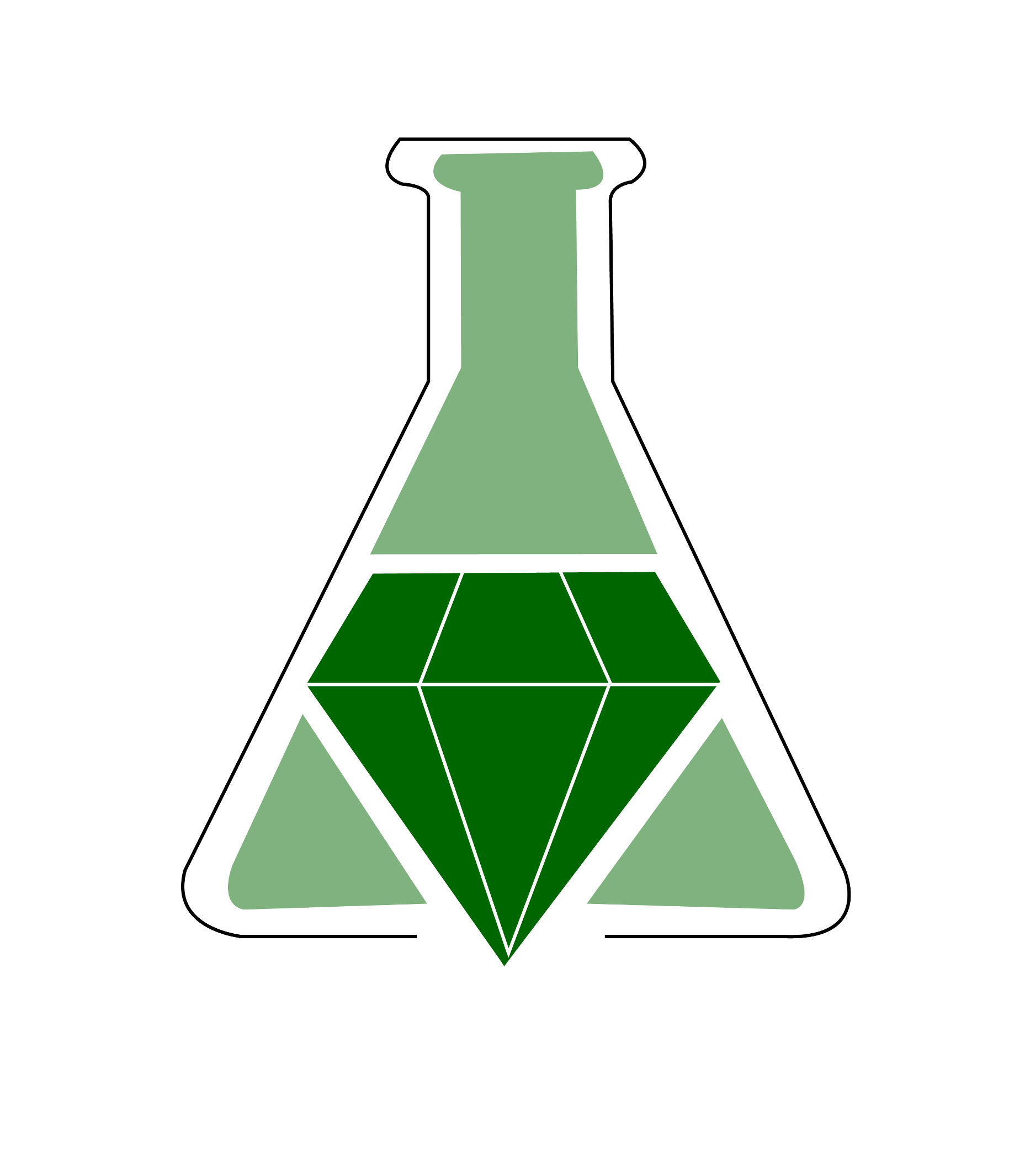Some Exercises Reflecting Green Chemistry Concepts

Summary
This series of exercises enforces green chemistry concepts while also introducing students to the balancing of equations and stoichiometry. The concept of conservation will likely already be familiar to most students, but these drills give students a chance to analyze different synthetic pathways and decide which path is the most green. The three target compounds given in this article are aluminum hydroxide, copper nitrate, and sodium thiosulfate (the pentahydrate salt). The goal is to find a reaction scheme that uses the least feedstock and minimizes hazardous side products and waste.
These synthetic exercises are ideal for teaching students green chemistry, stoichiometry, how to balance an equation, oxidations, and metathesis reactions.
Summary prepared for the original GEMs database December 2008 by Douglas M. Young at the University of Oregon.
Some Exercises Reflecting Green Chemistry Concepts
Yu-min Song, Yong-cheng Wang, and Zhi-yuan Geng
Journal of Chemical Education 2004 81 (5), 691
DOI: 10.1021/ed081p691
These synthetic exercises are ideal for teaching students green chemistry, stoichiometry, how to balance an equation, oxidations, and metathesis reactions.
Summary prepared for the original GEMs database December 2008 by Douglas M. Young at the University of Oregon.
Some Exercises Reflecting Green Chemistry Concepts
Yu-min Song, Yong-cheng Wang, and Zhi-yuan Geng
Journal of Chemical Education 2004 81 (5), 691
DOI: 10.1021/ed081p691
Safety Precautions, Hazards, and Risk Assessment
See published journal article.
Link to external
